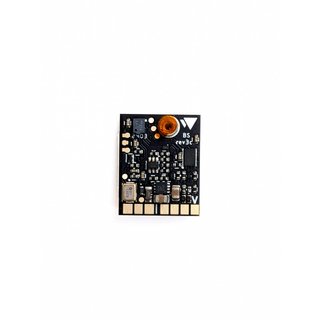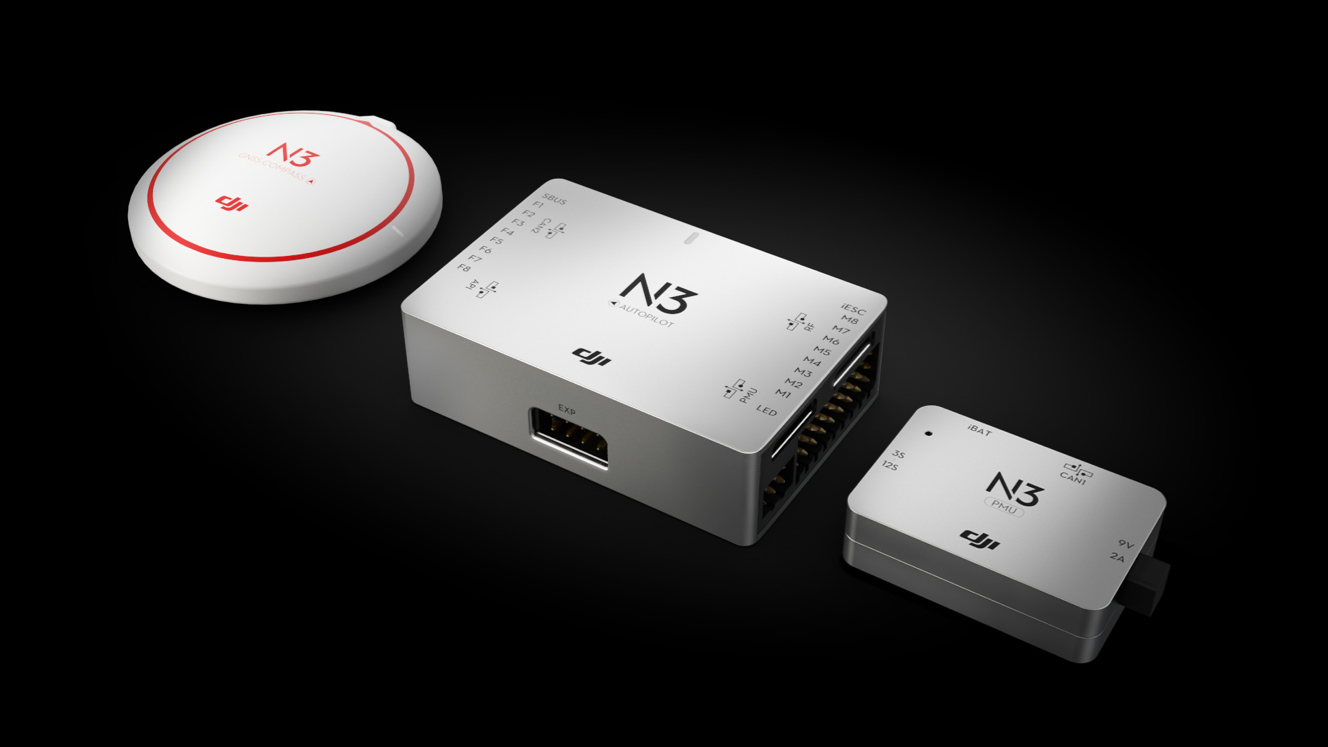Understanding the Vital Functions and Functions of a Drone Trip Controller for Ideal Airborne Efficiency
The flight controller acts as the essential part in a drone's architecture, managing its activities and guaranteeing stability through an advanced interaction of sensing units and data processing. Recognizing the essential features and features of these controllers is essential for making the most of airborne efficiency, as they determine not only navigational precision but also total safety and security and integrity. With innovations in technology, the landscape of flight controllers is swiftly evolving, prompting a more detailed exam of what genuinely defines ideal performance in this crucial system. What effects do these advancements hold for both lovers and experts in the area?
Review of Trip Controllers
When checking out the globe of drone technology, recognizing trip controllers is necessary for both enthusiasts and experts alike. Trip controllers offer as the brain of the drone, orchestrating its movements and making certain stability during trip (SparkNavi drone flight controller and GNSS/INS made in taiwan). They refine information from different sensors, consisting of accelerometers, measures, and gyroscopes, to keep stability and reply to pilot inputs effectively
The design of trip controllers can vary dramatically, varying from basic variations made for entry-level drones to advanced systems outfitted with advanced functions for specialist applications. The integration of GPS capabilities allows exact navigating and positioning, while programmable firmware allows individuals to tailor flight qualities to match their specific needs.
Additionally, trip controllers are crucial in promoting communication between the drone and the remote, enabling real-time adjustments and telemetry information transmission. Recognizing the various sorts of flight controllers, including multi-rotor, fixed-wing, and hybrid systems, is crucial for choosing the proper version for an offered application. Ultimately, an extensive grasp of flight controllers not only improves the flying experience yet additionally makes the most of the efficiency and safety of drone operations.
Key Features of Trip Controllers
Trip controllers play an essential function in taking care of a drone's flight dynamics by carrying out several crucial functions that make certain stability and responsiveness. Among the primary features is the stablizing of the drone's alignment and altitude. This is accomplished through the integration of numerous sensors, consisting of measures, gyroscopes, and accelerometers, which constantly keep an eye on the drone's placement and activity.
.png)
Another essential feature is the handling of control inputs from the pilot or independent systems. The trip controller translates these inputs and adjusts the drone's electric motor rates appropriately to achieve the desired flight path. This includes handling pitch, roll, and yaw, which are vital for maneuverability.
Additionally, trip controllers are furnished with secure mechanisms. These functions are created to react to important circumstances, such as reduced battery degrees or loss of signal, by launching predefined activities like returning to the launch factor or floating in area.

Crucial Attributes to Take Into Consideration
When picking a drone flight controller to make sure ideal efficiency and reliability,Countless vital features need to be taken into account. One important element is the controller's processing power, which establishes its capacity to deal with complex trip algorithms and real-time data processing. A higher processing capacity boosts responsiveness and stability during flight.
Another important feature is the variety of supported flight modes. A versatile flight controller ought to offer various settings, including acro, elevation hold, and GPS-assisted modes, satisfying different pilot ability degrees and operational scenarios. Furthermore, the visibility of built-in security attributes, such as fail-safes and geofencing, can substantially improve functional safety and security.
Compatibility with different interaction protocols is likewise important, as it ensures seamless combination with various other devices and peripherals, such as remote controllers and telemetry systems. In addition, the controller's firmware need to be user-friendly and consistently updated to include brand-new features and optimizations.
Assimilation With Sensing Units and Equipments
A flight controller's performance is heavily influenced by its capability to integrate with numerous sensing units and systems. This combination is vital as it allows the trip controller to get real-time information essential for effective flight monitoring. Key sensors include GPS, inertial measurement units (IMUs), barometers, and magnetometers, each supplying vital details regarding the drone's placement, orientation, and elevation.

Additionally, progressed flight controllers support integration with haul systems, consisting of cams and other sensing units, enabling enhanced capabilities such as autonomous navigation and obstacle avoidance. This interconnectedness not just boosts the drone's functional abilities but also expands its application possible throughout various industries, from aerial photography to farming surveillance. Thus, a well-integrated trip controller is basic for achieving optimal aerial find more info efficiency and ensuring the reliability of drone procedures.
Tips for Optimizing Efficiency
To make best use of the performance of your drone, several crucial approaches can be utilized that emphasis on enhancing both software and hardware parts. Guarantee that the trip controller firmware is up to day. Manufacturers frequently launch updates that enhance security, improve performance, and deal with bugs. Consistently looking for these updates can significantly influence your drone's performance.
Correct calibration decreases drift and enhances trip stability, specifically throughout complex maneuvers. Premium props can reduce drag and rise flight time.
Adjust your trip settings, consisting of PID (Symmetrical, Indispensable, Acquired) worths, to accomplish more tips here responsive and smooth handling. By applying these methods, drone drivers can significantly boost aerial performance, leading to a much more pleasurable and efficient flying experience.
Conclusion
In conclusion, a comprehensive understanding of drone flight controllers is crucial for improving airborne efficiency. By focusing on these components, operators can significantly elevate the performance and reliability of their drone systems in diverse applications.
Flight controllers serve as the brain of the drone, orchestrating its activities and guaranteeing stability throughout flight.Flight controllers play an essential duty in handling a drone's flight characteristics by performing numerous crucial functions that make certain security and responsiveness. The trip controller translates these inputs and adjusts the drone's electric motor speeds as necessary to accomplish the wanted flight course.Countless essential features should be taken right into account when picking a drone trip controller to guarantee ideal performance and reliability. Therefore, a well-integrated flight controller is essential for achieving optimal airborne efficiency and guaranteeing the integrity of drone procedures.
Comments on “Why Select SparkNavi Drone Flight Controller and GNSS/INS Made in Taiwan for Advanced Navigation”